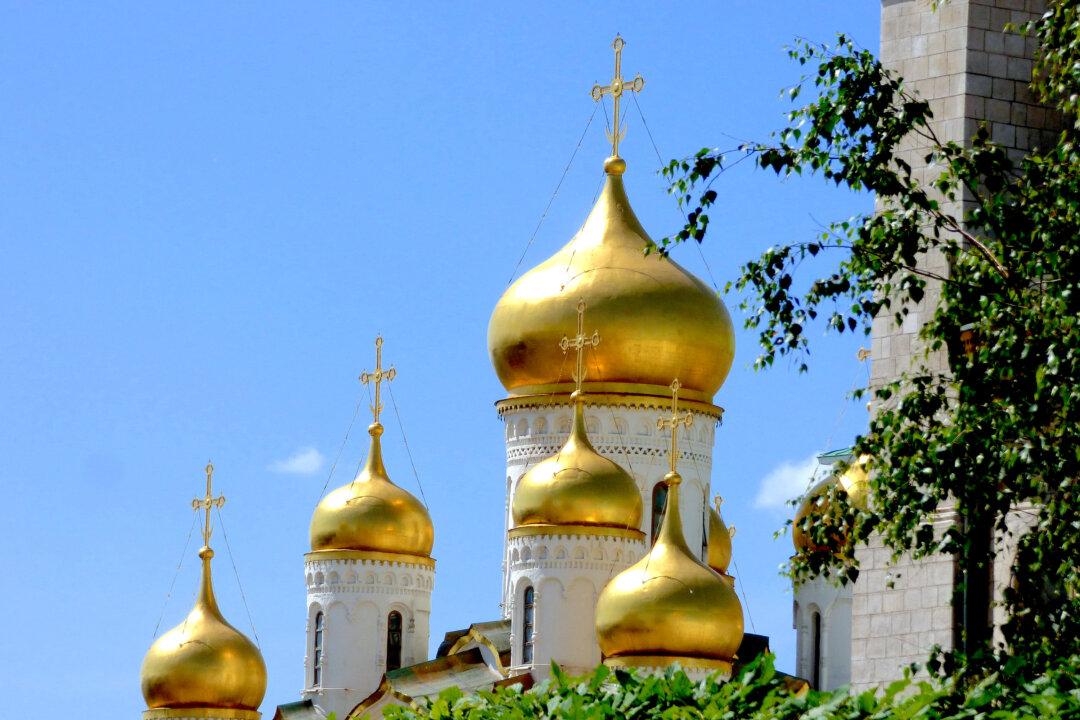And now for something completely different: Dinner in the Sky!
The air was balmy, the moon was full, and the stars were twinkling their amusement at 22 people enjoying a gourmet meal, prepared by a celebrity chef, on an open grid platform floating in the sky above the five-star luxury resort Casa Velas.
Dinner in the Sky is a Belgian-based novelty restaurant service that uses a crane to hoist its diners, table, and wait staff 150 feet into the air. This was its first visit to Puerto Vallarta and I was lucky enough to be able to experience this unique way of dining.
I had come to Puerto Vallarta to enjoy the sun, the sea, the colours, and the joie de vivre of this vacation paradise on the Pacific Coast of Mexico.
Puerto Vallarta’s Banderas Bay is one of the largest and most beautiful natural bays in the world. The famous cement boardwalk, the Malecón, with its whimsical contemporary art sculptures for all to see and touch, hugs the bay.
My guide Chilo and I began at the Malecón’s north end at the spiral sculpture “Los Milenios” (“The Millennia”) by Mathis Lidice that portrays life’s evolution through time. At the base are the waves and water that birthed life. As the eye proceeds up the spiral, Lidice represents in 1,000-year periods our development—including a nod to man’s search for the divine—until at the top there is a figure of a young woman releasing the dove of hope. Curiously, a real frigatebird is usually perched atop the sculpted one, also in hope—of spying a meal.
The sculptures along the Malecón were gifted to the people of Puerto Vallarta by donations from wealthy citizens and the local government and in some cases by the artists themselves. While many are memorable, I particularly enjoyed the contemplating couple in “La Nostalgia” by Ramy Barquet (1984), and who could not be titillated by the circle of anthropomorphized sea creatures in “La Rotonda del Mar” by Alejandro Colunga. Each of the figures in the circle is actually a chair which the artist invites you to sit on and discover all its fantastical elements.






